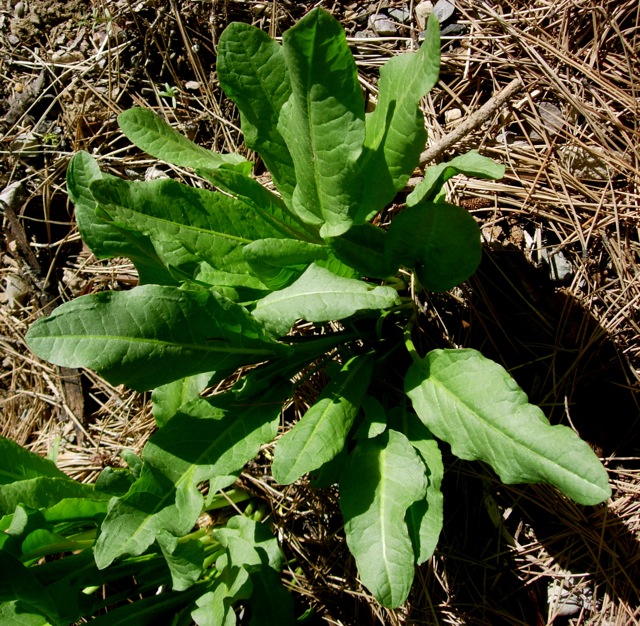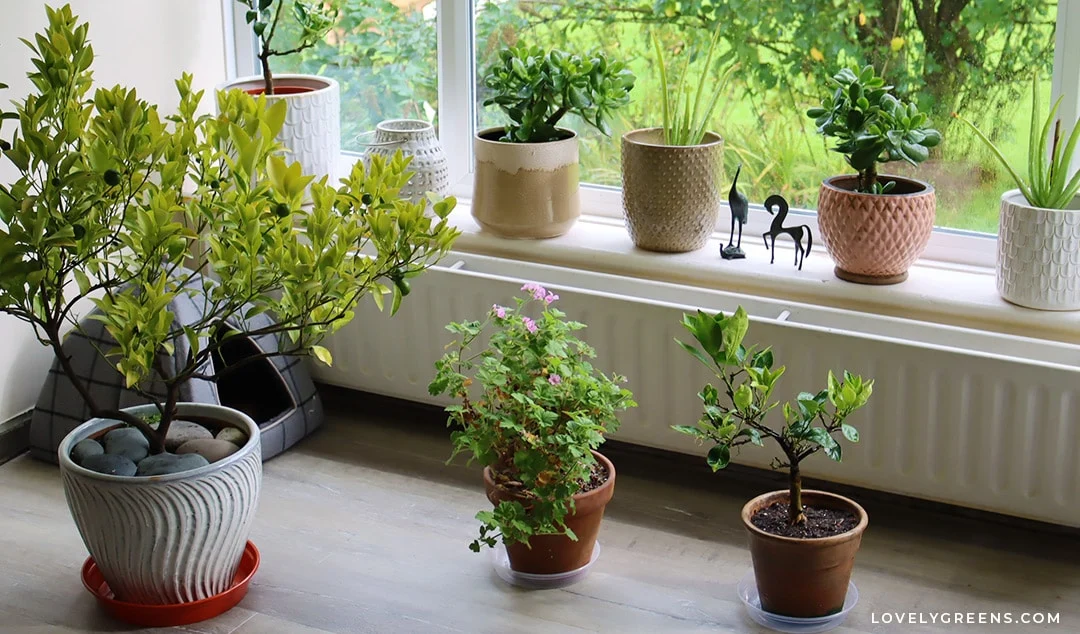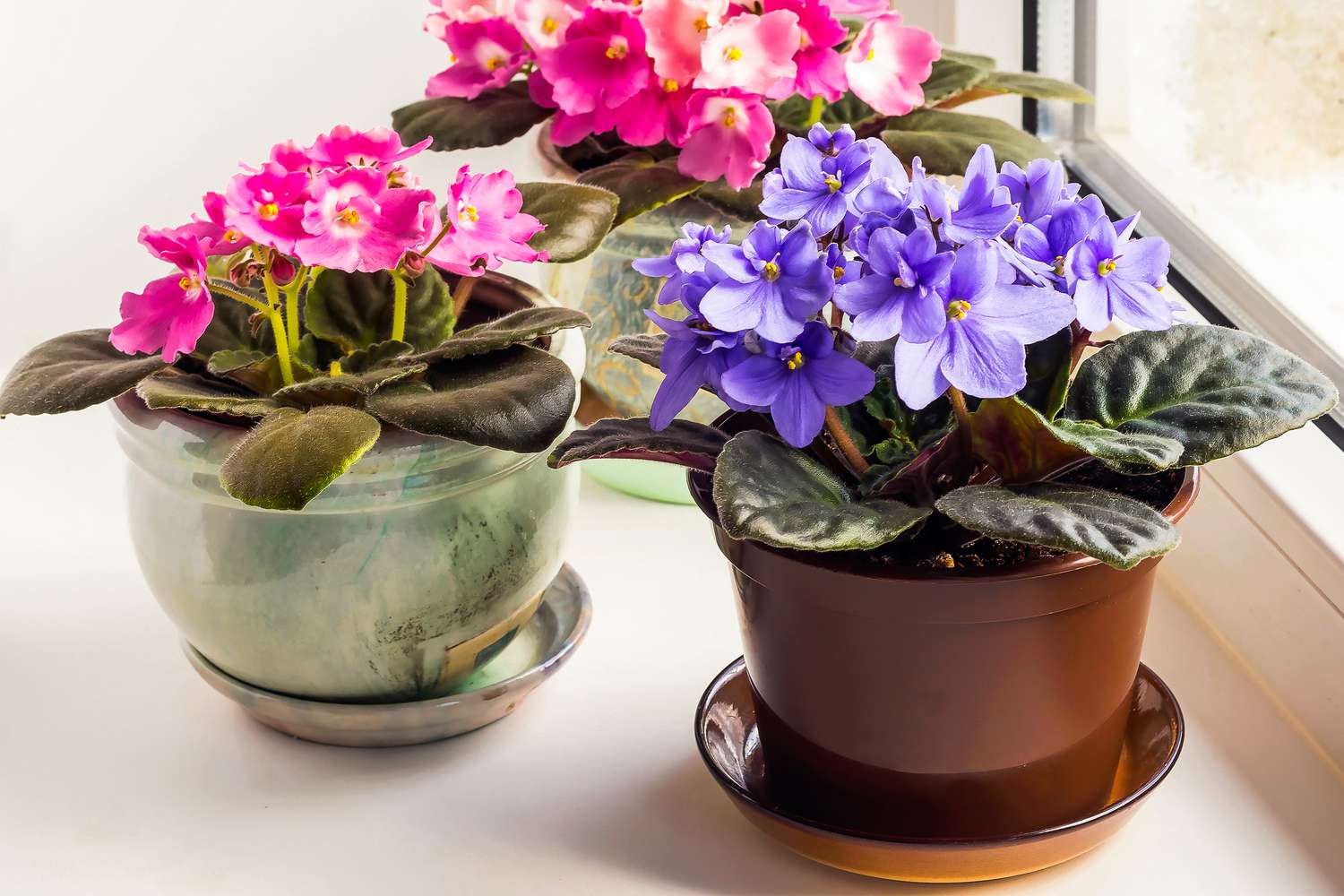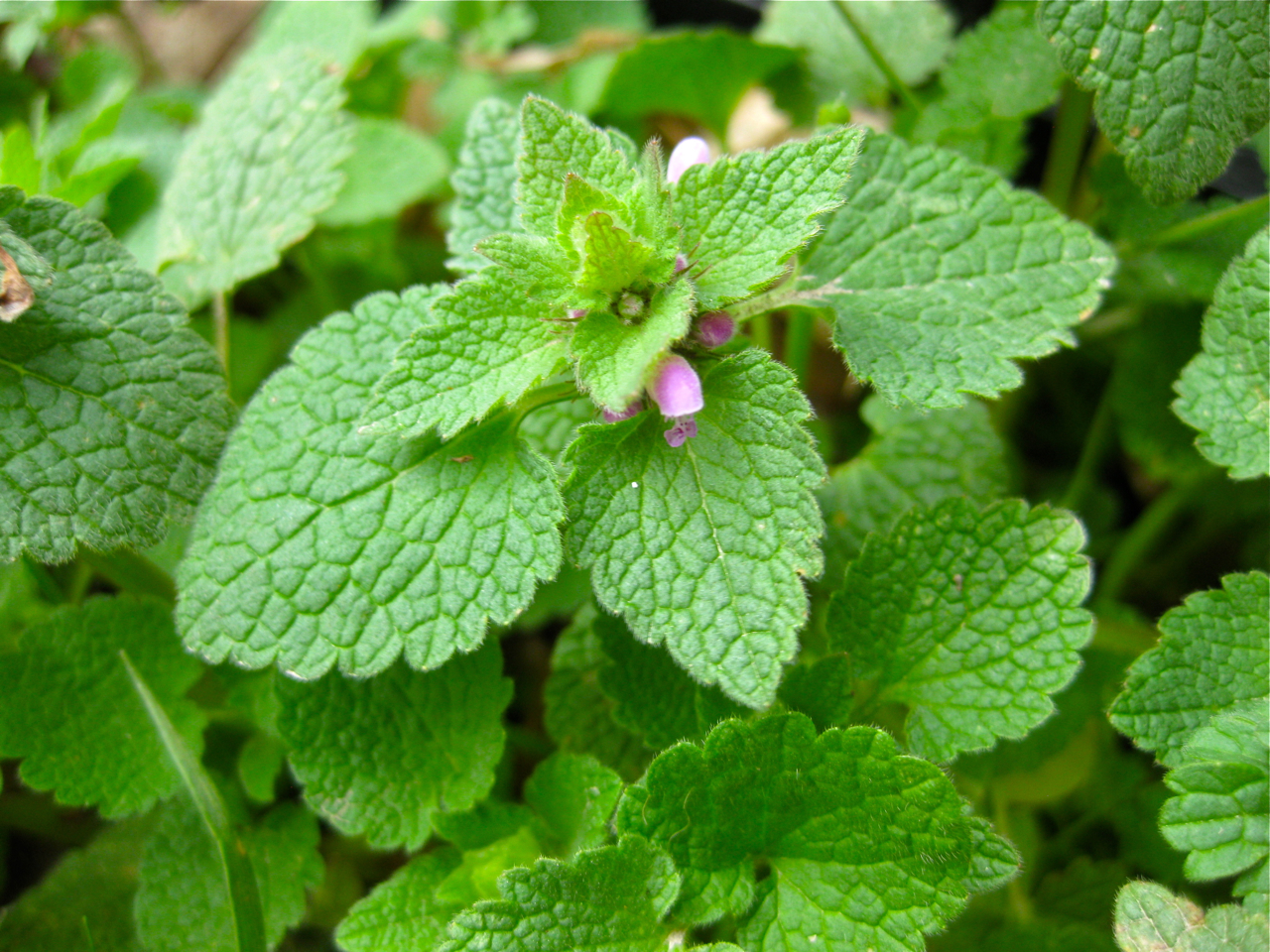Rooftop gardens require strong structural support to bear the weight of soil, plants, and water. Adequate reinforcement is essential.
Rooftop gardens provide numerous benefits in urban settings, ranging from improved air quality to reduced energy costs. However, to ensure the success and safety of these gardens, it is crucial to understand and implement the necessary structural requirements. Strong and robust structural support is vital to bear the weight of soil, plants, and water, preventing any potential risks of collapse or damage to the building.
By carefully considering and meeting these requirements, rooftop gardens can thrive and contribute positively to the environment and well-being of inhabitants. We will delve into the key structural aspects that are essential for creating a successful rooftop garden.
1. Building Safety Considerations
When considering the structural requirements of a rooftop garden, building safety considerations are paramount to ensure a safe and stable environment. The following aspects must be addressed to meet safety standards:
1.1 Load-bearing Capacity
Ensuring the rooftop structure can support the weight of the garden, soil, plants, and any additional installations is vital. Consultation with a structural engineer is necessary for accurate assessment.
1.2 Wind Resistance
Designing the rooftop garden to withstand wind loads is essential to prevent damage and ensure the safety of occupants. Incorporating wind-resistant plants and structures can enhance the garden’s durability.
1.3 Fire Safety Measures
Implementing fire safety measures such as fire-resistant materials, adequate access for firefighters, and proper ventilation systems is crucial for rooftop gardens to mitigate fire risks.

2. Waterproofing And Drainage Systems
When designing a rooftop garden, ensuring proper waterproofing and drainage systems is crucial to prevent water damage and ensure the structural integrity of the garden.
2.1 Waterproof Membrane Installation
Waterproof membrane installation is a key step in protecting the rooftop structure from moisture penetration.
2.2 Proper Slope And Drainage
Proper slope and drainage are essential to direct water away from the garden to prevent pooling and potential leaks.
2.3 Drainage And Irrigation Systems
Implementing efficient drainage and irrigation systems ensures that excess water is appropriately managed and distributed throughout the garden.
3. Sunlight Exposure And Shade
When designing a rooftop garden, it is vital to consider the sunlight exposure and shade requirements of the plants. Proper assessment of sunlight patterns and the availability of natural and artificial shade options can greatly contribute to the success of your rooftop garden.
3.1 Assessing Sunlight Patterns
Before selecting plants for your rooftop garden, it is important to assess the sunlight patterns on your rooftop. This will help you determine which areas receive direct sunlight, partial shade, or full shade throughout the day.
To assess sunlight patterns, follow these steps:
- Start by observing your rooftop over several days, noting the time when each section receives direct sunlight.
- Use an app or consult a sun chart to determine the angle of the sun at different times of the day and year.
- Consider obstacles such as buildings, nearby trees, or other structures that may cast shadows on your rooftop garden.
By thoroughly assessing sunlight patterns, you can plan the layout of your rooftop garden accordingly, allocating appropriate plant species to areas that receive the required amount of sunlight.
3.2 Natural Shade Options
In some cases, certain areas of your rooftop garden may receive excessive sunlight, which can be harmful to certain plants. To provide a natural shade, consider the following options:
- Plant tall trees or install trellises to create areas of shade.
- Introduce climbing plants and vines that can cover pergolas or other structures.
- Add tall shrubs or hedges to block direct sunlight.
These natural shade options not only provide relief to your plants from intense sunlight but also contribute to the aesthetics of your rooftop garden by creating visually appealing spaces.
3.3 Artificial Shade Solutions
If natural shade options are limited or insufficient, artificial shade solutions can be implemented. Here are some ideas:
- Install retractable awnings or canopies that can be adjusted based on the sunlight intensity.
- Utilize shade cloth or screens that can be fixed or temporary.
- Use umbrellas or patio umbrellas to create shade in specific areas.
Artificial shade solutions offer flexibility in controlling the amount of shade your plants receive and can be tailored to suit the needs of different plant species.
Understanding the sunlight exposure and shade requirements of your rooftop garden is essential for creating a thriving and visually pleasing outdoor space. By assessing sunlight patterns, exploring natural shade options, and considering artificial shade solutions, you can ensure that your rooftop garden receives the right amount of light for optimal growth.
4. Suitable Plant Selection
A crucial aspect of rooftop garden design is the selection of suitable plants. Considerations such as climate, appropriate species, and maintenance requirements play a pivotal role in ensuring a thriving rooftop garden. Understanding these factors is imperative for creating a sustainable and visually appealing green space on the rooftop.
4.1 Climate And Environment Considerations
When selecting plants for a rooftop garden, it’s essential to consider the specific climate and environmental conditions of the location. Factors such as temperature fluctuations, sunlight exposure, wind intensity, and humidity levels influence the type of plants that can thrive on the rooftop. Plants that can tolerate extreme temperatures, strong winds, and limited water availability are ideal for rooftop gardens in challenging climates.
4.2 Appropriate Plant Species
Choosing the right plant species is crucial for the success of a rooftop garden. Drought-resistant, low-maintenance, and compact plants are well-suited for rooftop environments. Additionally, selecting native species promotes biodiversity and helps in creating a sustainable ecosystem on the rooftop. It’s essential to opt for plants that have shallow root systems, as they are better suited for container gardening and won’t compromise the structural integrity of the rooftop.
4.3 Maintenance Requirements
Understanding the maintenance needs of different plant species is vital for the long-term health of a rooftop garden. Prioritizing plants with minimal watering requirements, disease resistance, and tolerance to environmental stressors can significantly reduce maintenance efforts. Additionally, selecting plants with limited pruning and fertilization needs can help ensure the sustainability of the garden while minimizing the maintenance workload.
5. Irrigation And Watering
A well-designed rooftop garden requires efficient irrigation and watering systems to ensure the plants receive the necessary moisture without causing structural damage to the building. Here are the essential considerations for irrigation and watering:
5.1 Drip Irrigation Systems
Drip irrigation systems are a highly efficient method for delivering water directly to the plant’s root zone. These systems reduce water wastage and minimize the risk of overwatering, promoting healthier plant growth. They can be easily customized to suit the specific layout and plant types in a rooftop garden.
5.2 Rainwater Harvesting
Rainwater harvesting provides an eco-friendly and sustainable solution for rooftop garden irrigation. This system collects rainwater and stores it for later use, reducing the dependence on municipal water supply. It decreases the environmental impact while ensuring the garden remains adequately hydrated.
5.3 Efficient Watering Techniques
Incorporating efficient watering techniques, such as utilizing moisture-retentive soil and mulching, can reduce the frequency of watering while maintaining optimal moisture levels for the plants. Additionally, regular monitoring of the garden’s moisture levels and utilizing water-efficient practices can further contribute to minimizing water consumption.
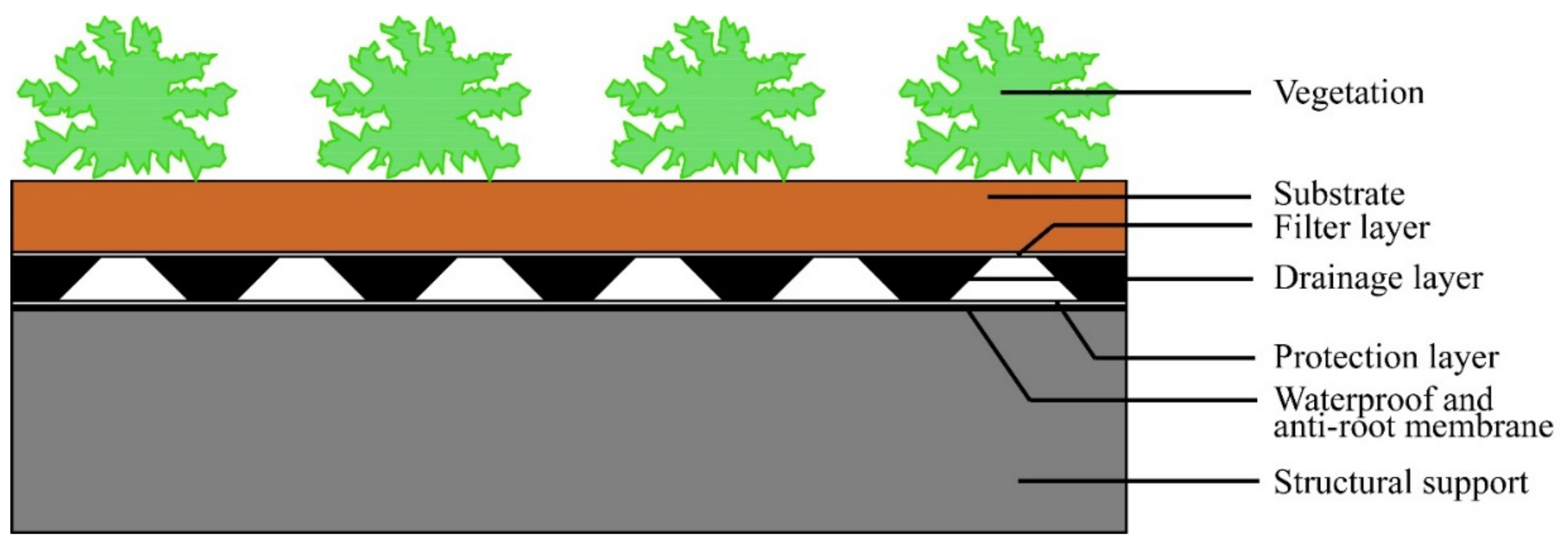
Credit: www.mdpi.com
6. Structural Support And Anchoring
A crucial aspect of creating a successful rooftop garden is ensuring proper structural support and anchoring. Without a strong and well-supported structure, your rooftop garden may not be able to handle the weight of plants, soil, and other garden elements. In this section, we will explore the various aspects of structural requirements for a rooftop garden, including consulting a structural engineer, choosing the right reinforcement and anchoring methods, and protecting the roof surface.
6.1 Consult A Structural Engineer
Before starting any rooftop garden project, it is essential to consult with a qualified structural engineer. They will assess the load-bearing capacity of your rooftop and provide valuable insights into the necessary modifications or reinforcements required to support the additional weight of a garden. A structural engineer will evaluate the existing structure and help you develop a comprehensive plan to ensure the safety and stability of your rooftop garden.
6.2 Reinforcement And Anchoring Methods
Reinforcing the structure is crucial for supporting the weight of the rooftop garden. Depending on the engineer’s recommendations, you may need to reinforce the load-bearing walls, columns, or beams. This reinforcement can be achieved through various methods such as adding steel supports, strengthening existing elements, or using cantilevered structures. Anchoring methods, such as tiebacks or helical piers, may also be employed to enhance stability and ensure the garden remains securely attached to the roof.
6.3 Protecting The Roof Surface
Protecting the roof surface is vital to prevent damage and leaks. Installing a waterproofing membrane is essential to create a barrier that shields the roof from excessive moisture, thus preventing seepage into the underlying structure. The chosen membrane should be durable, weather-resistant, and compatible with the roof material. Additionally, a protective layer, like a geotextile fabric or drainage mat, can be added to provide further insulation and facilitate proper water drainage.
By adhering to the recommendations of a structural engineer and implementing appropriate reinforcement and anchoring methods, you can ensure that your rooftop garden is both safe and stable. Furthermore, protecting the roof surface with waterproofing and drainage solutions will help extend the lifespan of your rooftop garden and safeguard the underlying structure.
7. Safety Measures And Accessibility
Rooftop gardens provide a serene escape and a green oasis in urban settings, but ensuring safety measures and accessibility is crucial to creating a safe and inviting environment for all. Implementing the right structural elements is essential to prevent accidents and make the rooftop garden easily accessible for everyone.
7.1 Handrail And Guardrail Installation
Handrails and guardrails are a must-have feature for rooftop gardens to prevent falls and provide stability. Ensure proper installation at suitable heights to maintain safety standards.
7.2 Non-slip Surfaces
Utilize non-slip surfaces on walkways and flooring to prevent accidents, especially in wet conditions. Regular maintenance is key to ensuring effectiveness.
7.3 Access Points And Pathways
Design clear access points and pathways throughout the rooftop garden to promote easy navigation and ensure all areas are reachable. Consider universal accessibility for individuals with mobility challenges.

Credit: projex.com.au
Frequently Asked Questions On Rooftop Garden Structural Requirements
What Are The Key Structural Requirements For A Rooftop Garden?
The key structural requirements for a rooftop garden include weight capacity, waterproofing, and proper drainage to prevent water accumulation.
How Can The Weight Capacity Of A Rooftop Be Assessed For A Garden?
A structural engineer can evaluate the load-bearing capacity of the rooftop, considering factors such as the building’s design and materials.
What Waterproofing Measures Are Essential For A Rooftop Garden?
Waterproof membranes, sealants, and proper sloping to direct water away from the building are crucial for rooftop garden waterproofing.
Why Is Proper Drainage Important For A Rooftop Garden?
Effective drainage prevents waterlogging, and structural damage, and supports healthy plant growth in a rooftop garden.
Conclusion
Building a rooftop garden requires careful consideration of structural requirements to ensure its long-term success. Adequate support systems, proper irrigation, and efficient drainage are crucial elements to keep in mind. Additionally, selecting lightweight materials and consulting with a structural engineer can help mitigate potential risks.
By prioritizing the structural integrity of your rooftop garden, you can create a beautiful, sustainable oasis that enhances both your living space and the environment. Let your rooftop garden bloom!


